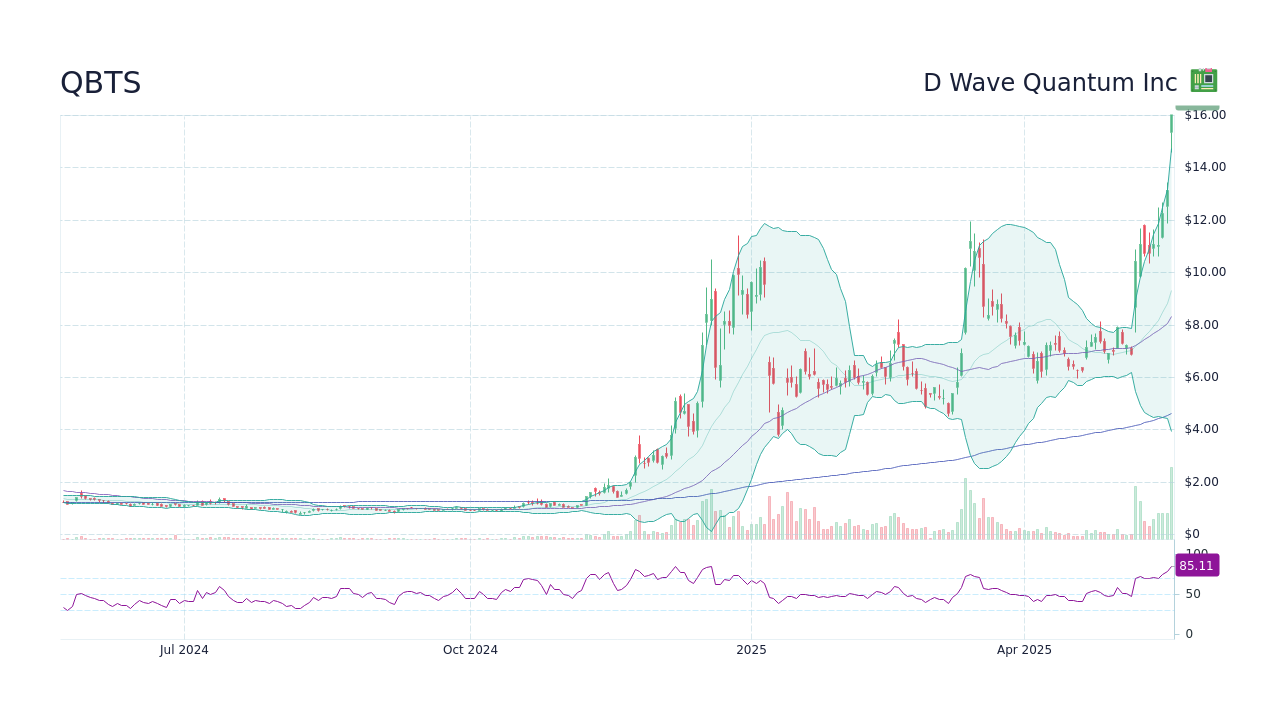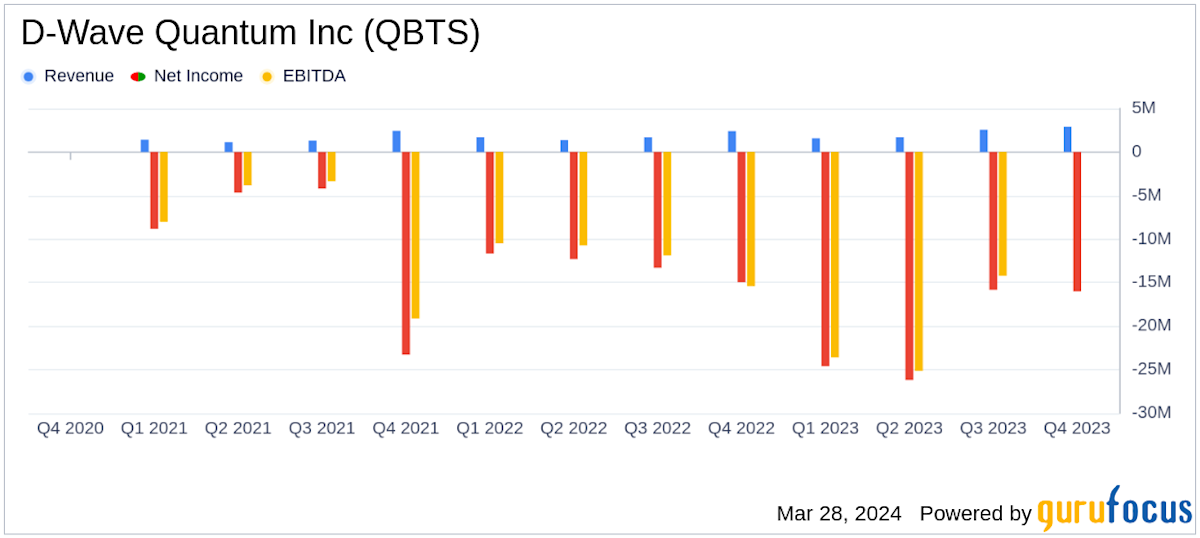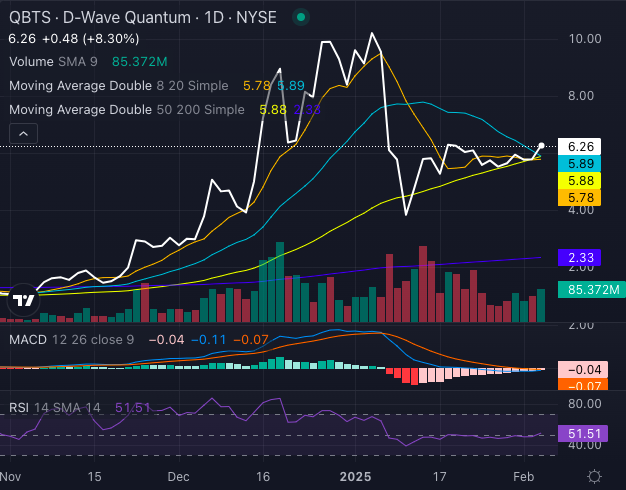Porsche's Identity Crisis: Caught Between Ferrari And Mercedes Amidst Trade Wars

Table of Contents
The Ferrari Factor: Competing on Exclusivity and Heritage
Porsche's success has always been intertwined with its rich history in motorsport and its reputation for engineering excellence. However, this clashes with Ferrari's carefully cultivated image of exclusivity and unparalleled heritage.
Preserving Porsche's Unique Heritage
- Iconic Models: The 911, a symbol of Porsche's enduring legacy, stands in contrast to Ferrari's more frequent model rotations. The 911's continuous evolution, while maintaining its core DNA, is a key part of Porsche's heritage.
- Motorsport Achievements: Decades of Le Mans victories and successes in other racing disciplines have cemented Porsche's place in motorsport history, though Ferrari arguably enjoys a more romanticized image in this space.
- Target Audience: Porsche targets a broader, albeit still affluent, audience than Ferrari. This broader appeal dilutes the exclusivity, a key element of the Ferrari brand.
The Challenge of Luxury Positioning
- Price Points: While Porsche models command significant prices, they generally sit below comparable Ferrari models, reflecting a different luxury positioning.
- Features and Technologies: Porsche prioritizes both performance and practicality, offering features like all-wheel drive and advanced driver-assistance systems, whereas Ferrari emphasizes raw performance and a more visceral driving experience.
- Market Segmentation: Porsche occupies a space between pure sports cars and luxury grand tourers, attempting to balance performance and everyday usability, unlike Ferrari’s focus on pure performance and prestige.
Marketing Strategies: Reaching the High-End Buyer
- Sponsorships and Events: Porsche leverages sponsorships and high-profile events, such as the Porsche Tennis Grand Prix, to reach its target audience. However, Ferrari's marketing often relies on a more exclusive and less widely publicized approach.
- Brand Perception: While both brands command respect, Ferrari's image remains more strongly associated with ultimate exclusivity and unattainability among luxury car buyers.
The Mercedes-Benz Challenge: Technological Advancement and Market Share
Mercedes-Benz, a volume manufacturer with a focus on technological innovation, presents a different set of challenges for Porsche.
Technological Innovation: Keeping Pace with Mercedes-Benz
- Key Technological Features: Both brands invest heavily in cutting-edge technologies, including hybrid and electric powertrains, autonomous driving features, and advanced infotainment systems. The competition is fierce.
- R&D Investment: Both companies dedicate substantial resources to R&D, driving continuous improvements in performance, efficiency, and technology. However, Mercedes-Benz's sheer scale allows for greater investment in certain areas.
- Future Technology Plans: Both brands are pushing the boundaries of electric vehicle technology, but Mercedes-Benz's broader product range allows for quicker rollout across different segments.
Market Dominance: Competing for Market Share
- Sales Figures and Market Share: Mercedes-Benz consistently outsells Porsche, reflecting its broader range of vehicles and larger global market presence.
- Market Segments: Mercedes-Benz dominates multiple segments, from compact cars to SUVs, while Porsche's focus is predominantly on sports cars and SUVs.
Brand Differentiation: Finding a Unique Selling Proposition
- Unique Design Elements: Porsche maintains distinctive design cues, particularly in the 911’s iconic silhouette.
- Performance Characteristics: Porsche emphasizes a balanced blend of performance and handling, offering a driver-focused experience that differs from Mercedes-Benz’s emphasis on luxury and comfort.
- Brand Messaging: Porsche's marketing aims to convey a sense of driving passion and engineering excellence, while Mercedes-Benz projects an image of luxury and technological superiority.
Navigating Trade Wars: Global Market Volatility and Supply Chain Disruptions
The impact of global trade wars further complicates Porsche's challenges.
Impact of Tariffs and Trade Restrictions
- Specific Examples of Tariffs: Tariffs on imported components and finished vehicles directly impact Porsche's production costs and pricing.
- Impact on Production Costs and Pricing: Trade wars can lead to increased costs, forcing price adjustments, and potentially impacting profitability.
Adapting to Geopolitical Uncertainty
- Diversification Strategies: Porsche is diversifying its production and sourcing to mitigate supply chain risks.
- Regional Production Adjustments: Adjustments in production locations help to navigate regional trade barriers and optimize manufacturing costs.
- Risk Management Plans: Robust risk management strategies are essential to mitigate the uncertainties associated with global trade.
Long-Term Sustainability: Building Resilience in a Turbulent Market
- Investment in Sustainable Technologies: Porsche is investing heavily in electric vehicle technology and other sustainable solutions to address environmental concerns.
- Supply Chain Diversification: A diverse and resilient supply chain is crucial for navigating future disruptions.
- Strategic Partnerships: Strategic alliances and collaborations can help to share resources and mitigate risks.
Conclusion
Porsche's identity crisis stems from its attempt to balance exclusivity with broader market appeal, while simultaneously competing with technologically advanced rivals and navigating global trade uncertainties. The company's heritage and performance DNA are its strongest assets, but effectively communicating this value proposition in a competitive and volatile market remains a significant challenge. Maintaining a unique brand identity and adapting to a changing geopolitical landscape require strategic planning and agility.
Key Takeaways: Porsche's future success hinges on its ability to maintain its brand heritage while embracing technological innovation, navigating the complexities of global trade, and defining a clear and compelling brand identity that differentiates it from its competitors.
What's your take on Porsche's identity crisis? Share your thoughts in the comments below! Is Porsche's identity crisis a temporary setback or a long-term challenge? Let us know your perspective.

Featured Posts
-
 Retired Four Star Admirals Corruption Conviction Details And Fallout
May 20, 2025
Retired Four Star Admirals Corruption Conviction Details And Fallout
May 20, 2025 -
 D Wave Quantum Inc Qbts Stock Drop On Monday Reasons Explained
May 20, 2025
D Wave Quantum Inc Qbts Stock Drop On Monday Reasons Explained
May 20, 2025 -
 Understanding The Lack Of Murder In The First Episode Of Towards Zero
May 20, 2025
Understanding The Lack Of Murder In The First Episode Of Towards Zero
May 20, 2025 -
 Big Bear Ai Holdings Bbai Evaluating Its Potential As An Ai Penny Stock
May 20, 2025
Big Bear Ai Holdings Bbai Evaluating Its Potential As An Ai Penny Stock
May 20, 2025 -
 Uncovering The Designer Behind Suki Waterhouses Fashion Choices
May 20, 2025
Uncovering The Designer Behind Suki Waterhouses Fashion Choices
May 20, 2025
Latest Posts
-
 Investigating The Reasons Behind D Wave Quantum Qbts S Thursday Stock Drop
May 20, 2025
Investigating The Reasons Behind D Wave Quantum Qbts S Thursday Stock Drop
May 20, 2025 -
 The Rise Of D Wave Quantum Qbts Stock On Monday An Investors Perspective
May 20, 2025
The Rise Of D Wave Quantum Qbts Stock On Monday An Investors Perspective
May 20, 2025 -
 Analyzing The Monday Increase In D Wave Quantum Qbts Stock
May 20, 2025
Analyzing The Monday Increase In D Wave Quantum Qbts Stock
May 20, 2025 -
 D Wave Quantum Qbts Stock Deciphering Thursdays Price Drop
May 20, 2025
D Wave Quantum Qbts Stock Deciphering Thursdays Price Drop
May 20, 2025 -
 Severe Weather Alert Strong Winds And Potential Storms Approaching
May 20, 2025
Severe Weather Alert Strong Winds And Potential Storms Approaching
May 20, 2025
